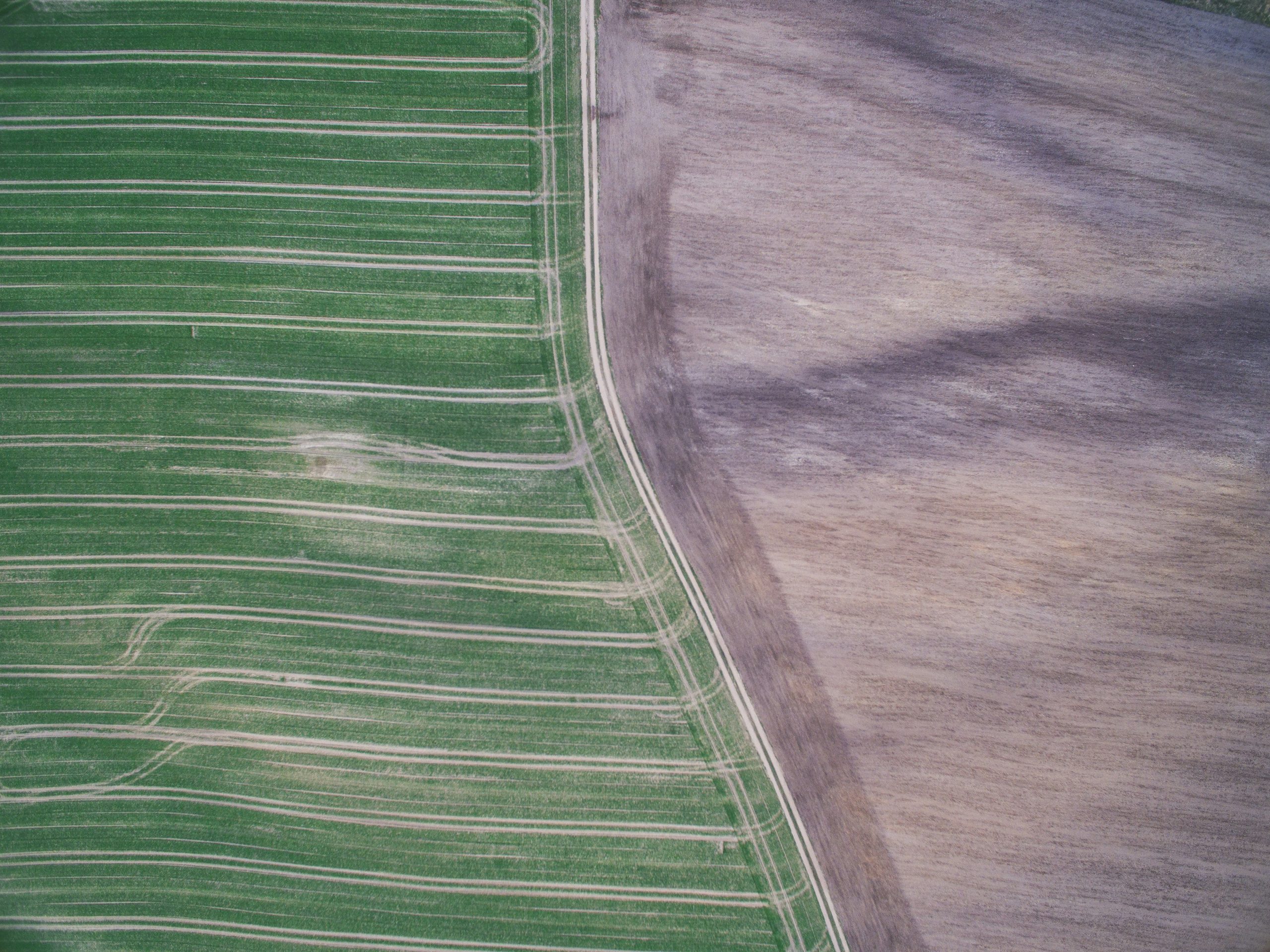Get Started with Cover Cropping: Tips for Farmers and Gardeners
If you’re a farmer, gardener, or someone passionate about sustainable agriculture, you’ve probably heard a lot about cover cropping. It’s a simple yet powerful practice that can bring a host of benefits to your soil and crops. Cover cropping benefits include improved soil health, better water retention, and enhanced crop rotation, all of which can boost your agricultural practices. Curious about how to start cover cropping in your own backyard or farm? We’ll walk you through the basics, share some tips, and help you get the most out of this eco-friendly technique. Get ready to nurture your land and watch it thrive!## Why Cover Cropping Matters
Cover cropping is a game-changer for farmers and gardeners alike. It’s not just a trend; it’s a sustainable agriculture practice that’s been around for centuries. Let’s dive into why it’s so important and how it can transform your land.
Boosting Soil Health
Cover crops are like a superfood for your soil. They work hard to improve its structure and fertility, even when your main crops aren’t growing.
These plants add organic matter to the soil as they grow and decompose. This process feeds beneficial microorganisms and creates a healthier ecosystem underground. It’s like giving your soil a vitamin boost!
Cover crops also help prevent erosion by holding the soil in place with their roots. This is especially useful during heavy rains or strong winds when bare soil would otherwise wash or blow away.
Studies have shown that cover crops can increase water infiltration rates by up to 69%. This means more water stays in your soil, ready for your plants to use when they need it most.
Lastly, some cover crops, like legumes, can even add nitrogen to the soil naturally. This reduces the need for synthetic fertilizers, saving you money and helping the environment.
Supporting Sustainable Agriculture
Cover cropping is a key player in the world of sustainable farming. It’s a practice that helps us grow food while taking care of our planet.
By reducing the need for chemical inputs, cover crops help farmers cut costs and minimize environmental impact. They act as natural pest controllers too, breaking pest cycles and reducing the reliance on pesticides.
Cover crops also play a role in climate change mitigation. They capture carbon from the atmosphere and store it in the soil, helping to offset greenhouse gas emissions.
These plants improve biodiversity on farms, providing habitats for beneficial insects and wildlife. This creates a more balanced and resilient ecosystem.
Lastly, cover crops can even be used as animal feed or turned into green manure, adding extra value to the farm operation. It’s a win-win for farmers and the environment!


